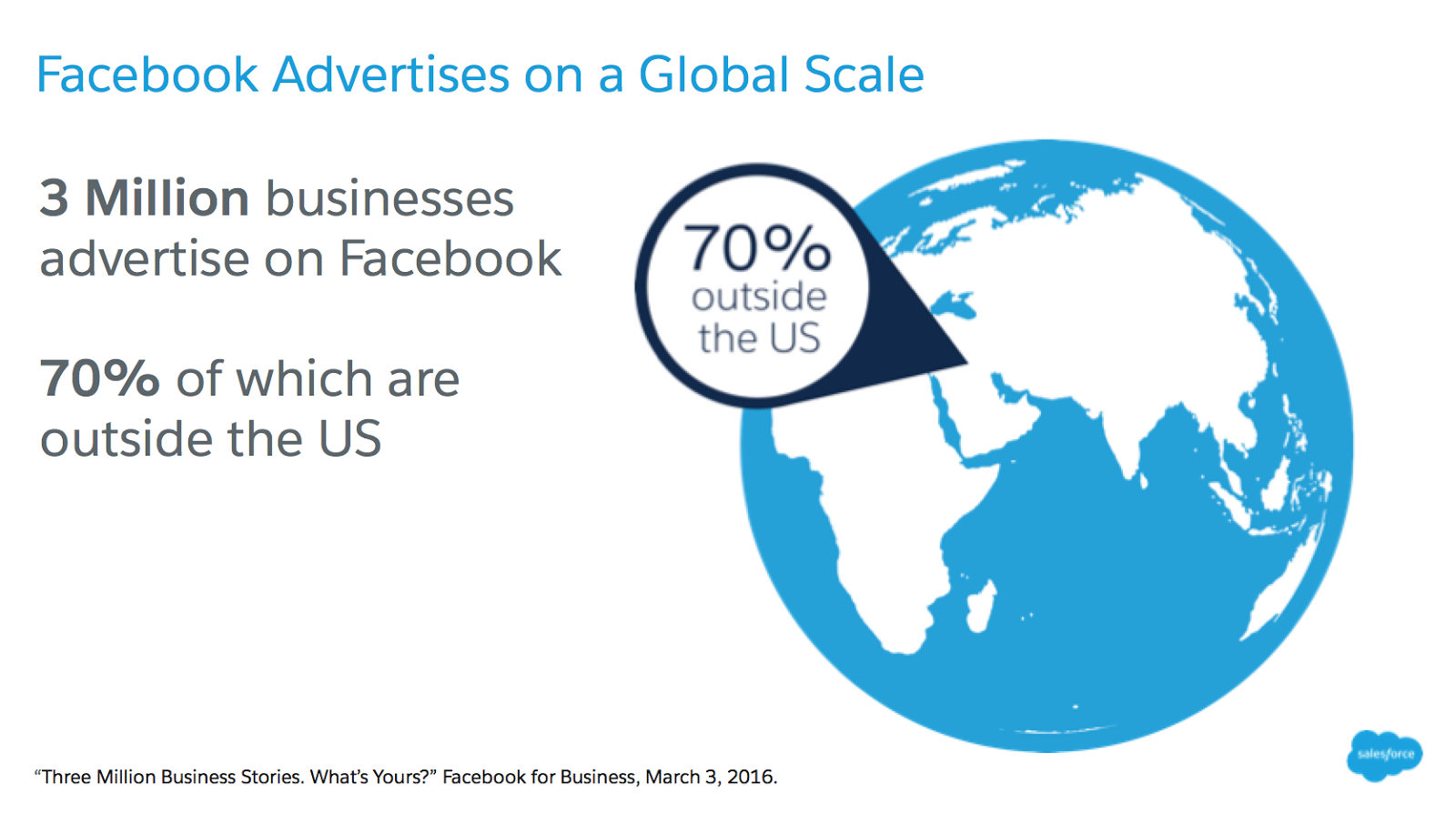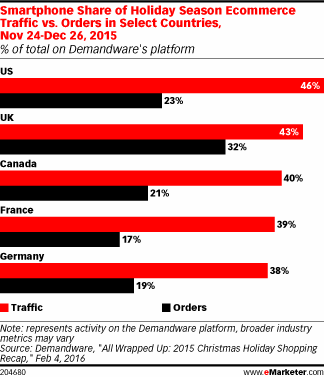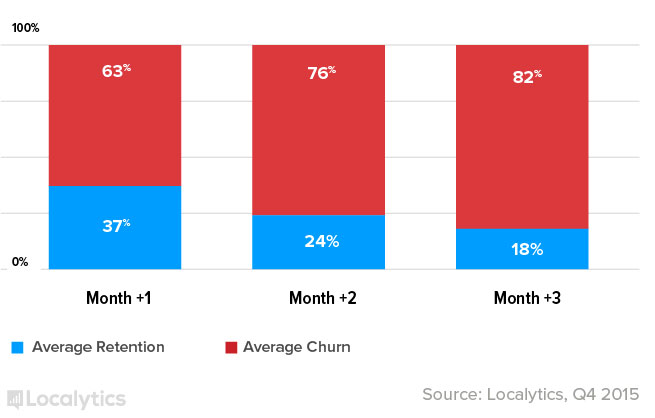
Get your FREE 30-day trial.
Please complete all fields.
Today, mobile devices has taken over the advertising world. As of February 2016, the number of devices per person has reached 3.64, globally. In addition, consumers are using mobile devices to perform actions like researching products, booking traveling, ordering food, and buying groceries, clothing and so much more. Mobile apps have also become quite a thing, however advertisers are still discovering the best ways to reach and keep mobile app users. This is largely thanks to platforms like Facebook who have earned digital users attention allowing advertisers to reach consumers on mobile and other digital devices, where they are spending so much of their time.
There are now three million businesses actively advertise on Facebook, with more than 70% from outside the United States. In fact, $5.63 billion of the platform’s revenue comes directly from advertising alone. If your business is not one of those three million, you’re already behind the curve. Facebook has also reported that 80% of all advertising done is on mobile, and as you continue to read this post, you will find out just how valuable that mobile focus is in advertising to today’s consumers. Advertisers should take advantage of this vast pool of users within the platform, to communicate to and engage with their customers, in the space where they are spending so much of their time.

According to recent data from Criteo, mobile commerce (known as m-commerce) owned 46% of all e-commerce transactions in the UK, among digital retailers. During the 2015 Christmas shopping season, 32% of e-commerce transactions in the UK were done on a mobile phone, and 23% in the US respectively. In the US, mobile e-commerce traffic was slightly higher, at 46%, compared to 43% in the UK. Consumers spend a large amount of time shopping on their mobile devices, but as the data shows, many of them then still make purchases on their desktop computers, as seen from the percentage of mobile traffic being higher than mobile orders. Advertisers need to use this data to strategize their next digital ad campaign, by running ad campaigns on mobile but using cross-platform solutions like Facebook to track the impact of the campaigns across both mobile and desktop activity.

Not only are advertisers seeing a vast number of consumers on mobile, but the majority of those users are spending most of their time in mobile apps specifically. Obviously advertisers should care about getting users to download their app in the first place. However, the success of your advertising can’t end only part-way through the customer journey, when they install your app. In a recent study by Localytics, 37% of e-commerce and retail app users continue to use these apps a month after download, meaning the churn rate (the percentage of users not returning to an app) is 63%. Today, advertisers have altered their focus on mobile app installs goals from just the cost to acquiring a new user (CPI) to what actually happens beyond that install that creates measurable business results. What’s the point in getting consumers to download your app if they don’t go on to complete any real business-generating action? Instead, advertisers need to consider what their business objective is and create a re-engagement advertising strategy to ensure these objectives are met. For example, a pet grooming business runs app install ads to increase brand awareness and acquire new customers. However, soon enough installers forget about the app and the journey stops there. This is the perfect time for advertisers to run re-engagement ads letting users know about their St. Patrick’s Day special for a free doggy haircut for anyone who refers a new customer. Given the high rate of churn among mobile app users, re-engagement ads are the answer. For more information about how to measure ad value beyond the initial install, check out our previous blog post.

To learn more about the opportunities that exist on Facebook with mobile, check out our whitepaper!